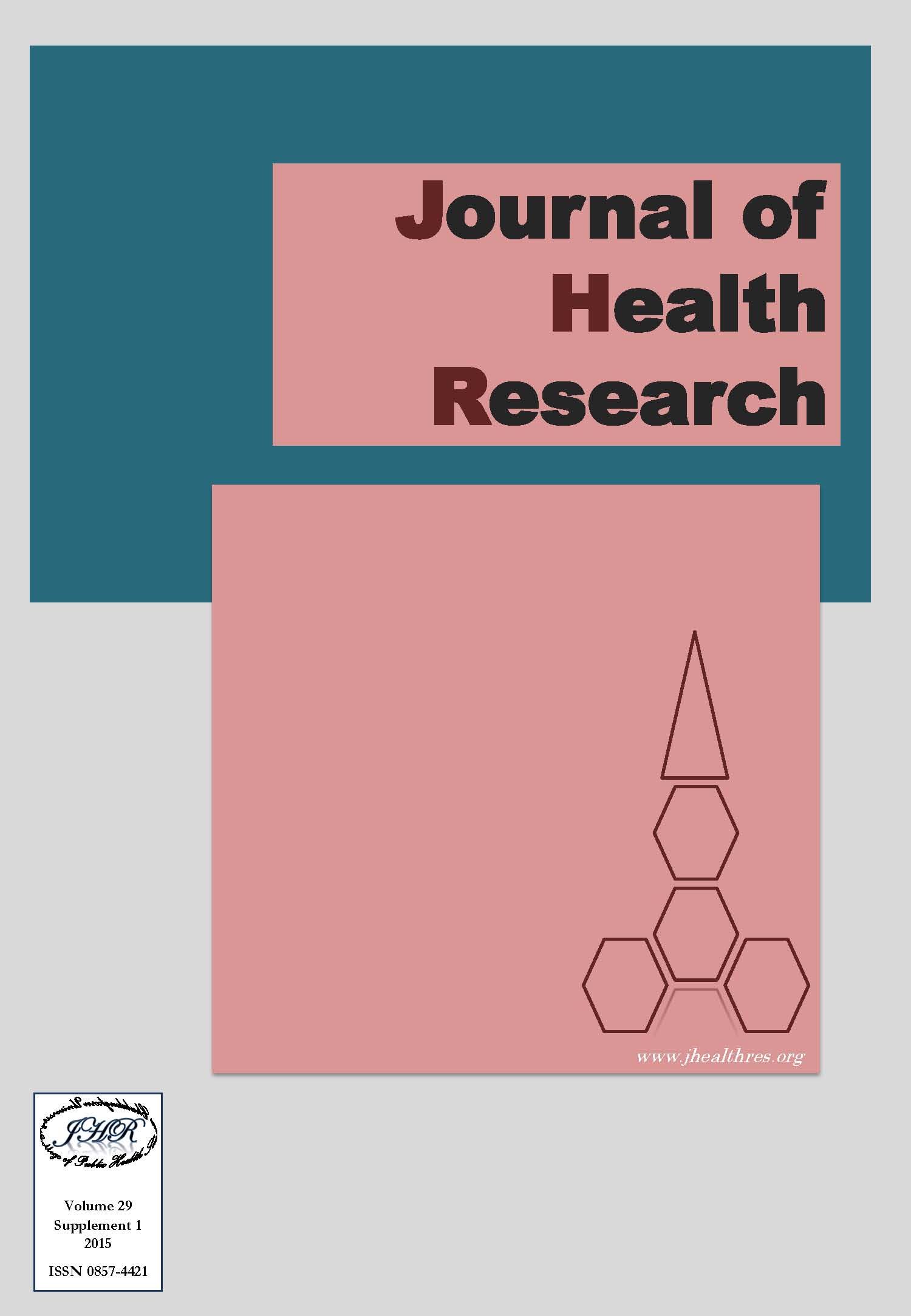Predictors of Physical Activity in Older People with Hypertension, Bantul, Indonesia
Keywords:
Hypertension, Older people, Physical activity, IndonesiaAbstract
Background: Physical activity can bring significant health benefits to people of all ages, extend years of active independent living, reduce disability, and help to control blood pressure in older people. Adequate physical activity can be beneficial in controlling hypertension, which is an important risk factor for chronic diseases. Identifying the predictors of physical activity within a theoretical framework is important in understanding and enhancing physical activity in older people. This study aimed to identify predictors of physical activity among older people with hypertension in Bantul, Indonesia with Pender’s Health Promotion Model as a guideline.
Methods: A cross-sectional design was applied. Participants were selected from four Primary Health Centers in Bantul using a multi-stage sampling method. A total of 174 older people with hypertension was recruited. They were asked to complete five questionnaires by a face-to-face interview. Multiple linear regression was used for analyzing the data.
Results: The results showed that about half of the participants performed adequate physical activity. Age, perceived barrier of physical activity, perceived self-efficacy, and social support for physical activity was significantly associate with physical activity (p<.005), while gender, income, education level, BMI, occupation, living arrangement, perceived health status was not significantly associate (p>.005). However, all variables can explain 20.1% of variance in physical activity (R2= .201).
Conclusion: Physical activity levels can be improved by devising intervention programs which can remove perceived barriers, increase perceived self-efficacy, and provide more social support to the older people.
Keywords:







